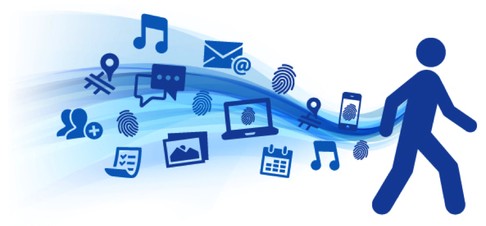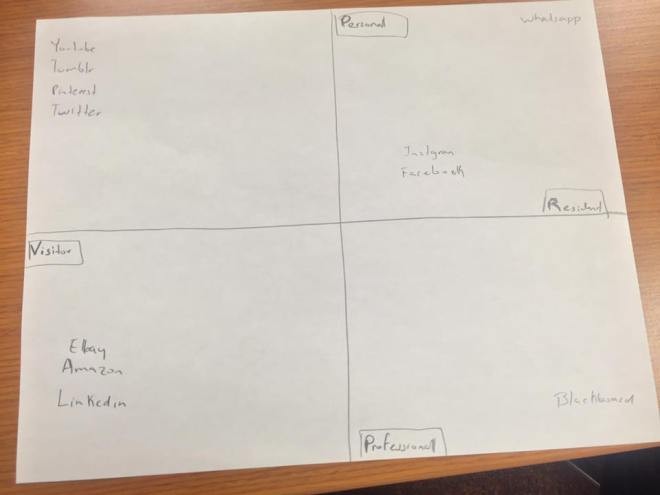--Originally published at Jorge's awesome blog
In the last day we had a nice talk about personal information and cyberbullyng with two nice ladies, Rebecca J. Hogue & Helen DeWaard. Basically we talked about the importance of keeping safe our data and keep on mind what we share on the internet.
Cyberbullying is bullying that takes place using electronic technology. Electronic technology includes devices and equipment such as cell phones, computers, and tablets as well as communication tools including social media sites, text messages, chat, and websites. Kids who are being cyberbullied are often bullied in person as well. Additionally, kids who are cyberbullied have a harder time getting away from the behavior.
Cell phones and computers themselves are not to blame for cyberbullying. Social media sites can be used for positive activities, like connecting kids with friends and family, helping students with school, and for entertainment. But these tools can also be used to hurt other people. Whether done in person or through technology, the effects of bullying are similar.








